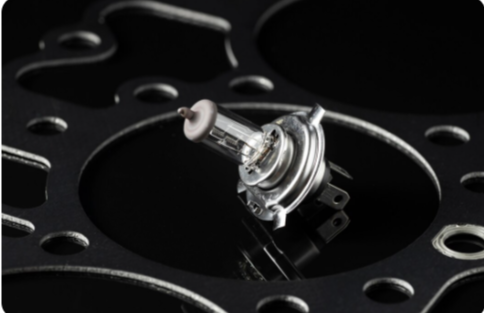Turbochargers are essential components in modern internal combustion engines, boosting performance by forcing more air into the combustion chamber. This high-speed, high-temperature environment places immense stress on every component, and the sealing mechanism is no exception.
At the core of a turbocharger’s sealing system are piston rings, and when it comes to durability and efficiency, steel is often the material of choice.
The unique properties of steel piston rings allow them to withstand the extreme conditions of a turbocharger, ensuring reliable performance and protecting the engine from potential damage.
Sealing the Turbine and Compressor Sides
A turbocharger consists of a turbine and a compressor, both mounted on a common shaft. The piston rings are situated on this shaft, playing a crucial role in separating the high-pressure gases and oil.
On the turbine side, the rings prevent hot exhaust gases from entering the bearing housing and contaminating the oil.
On the compressor side, they prevent boost pressure from escaping and keep engine oil from being drawn into the intake tract. This dual sealing function is vital for maintaining turbocharger efficiency and engine health.
Withstanding Extreme Temperatures
Turbochargers operate at extremely high temperatures, particularly on the turbine side, where exhaust gases can reach over 900°C (1650°F). Traditional cast iron rings can struggle under such heat, leading to premature wear and failure.
However, steel piston rings are specifically engineered to maintain their mechanical properties and sealing integrity at these elevated temperatures.
This heat resistance ensures a consistent and effective seal, preventing oil leaks and exhaust gas contamination, which could otherwise lead to bearing failure or engine damage.
Managing High Rotational Speeds
The shaft of a turbocharger can spin at speeds exceeding 200,000 revolutions per minute (RPM). This incredible speed generates significant centrifugal force and heat. The lightweight and durable nature of steel makes it an ideal material for rings in this application.
They can handle the high rotational speeds without deforming, ensuring a tight seal against the bore of the bearing housing. The robust design of the steel piston rings helps maintain the turbocharger’s balance and integrity, contributing to its long-term reliability.
Protecting Bearings and Lubrication
The turbocharger’s bearings are lubricated and cooled by engine oil. The piston rings act as a critical barrier, preventing the oil from leaking into the hot exhaust gases or the intake system.
If oil were to leak into the exhaust, it would burn and produce smoke; if it entered the intake, it would contaminate the charge air and could lead to detonation.
By maintaining an effective seal, the steel piston rings ensure that the lubrication system functions correctly, protecting the bearings from damage and preventing a host of engine performance issues.
Durability and Longevity
The high-stress environment of a turbocharger demands components that can last. Steel piston rings are known for their exceptional durability and resistance to wear. They are designed to operate for thousands of hours without losing their sealing capability.
This longevity is a key benefit, reducing the need for frequent maintenance and replacement. Choosing high-quality steel rings from a reputable manufacturer is an investment in the long-term health and performance of the turbocharger and, by extension, the entire engine.

